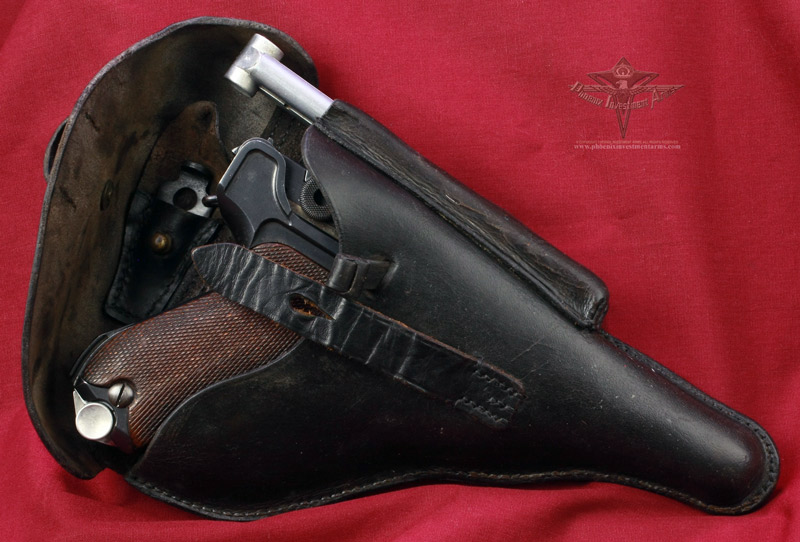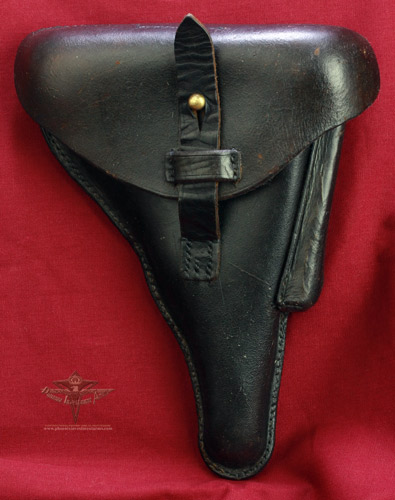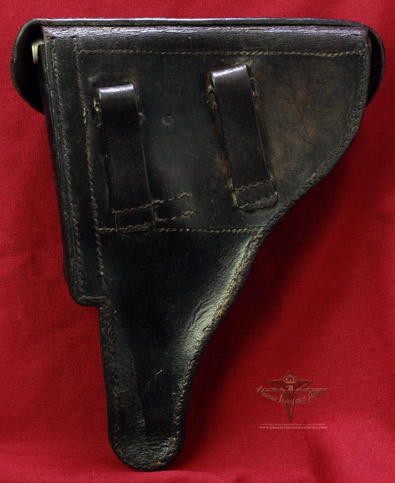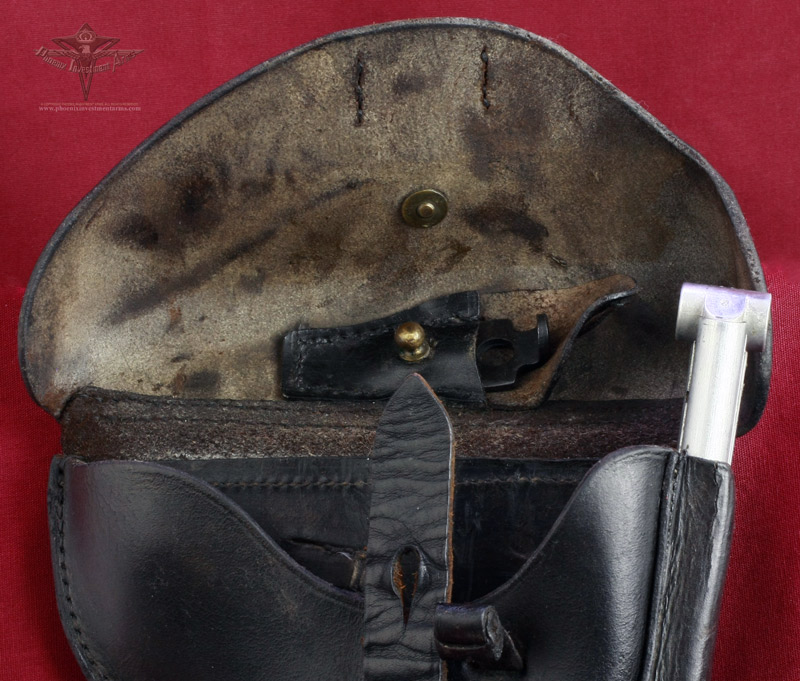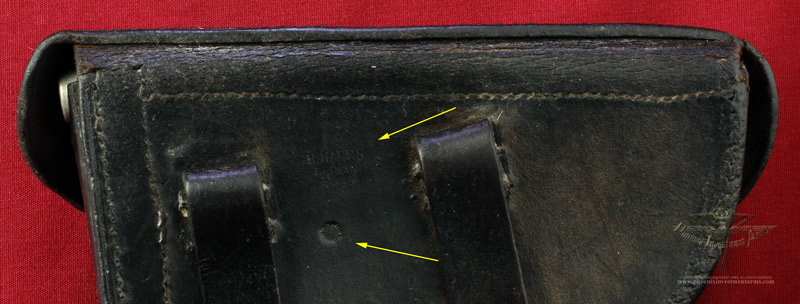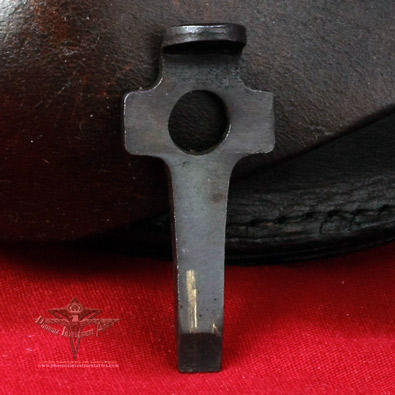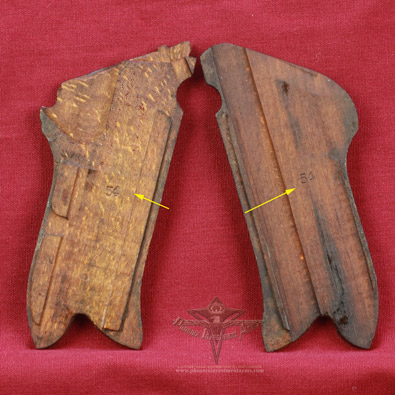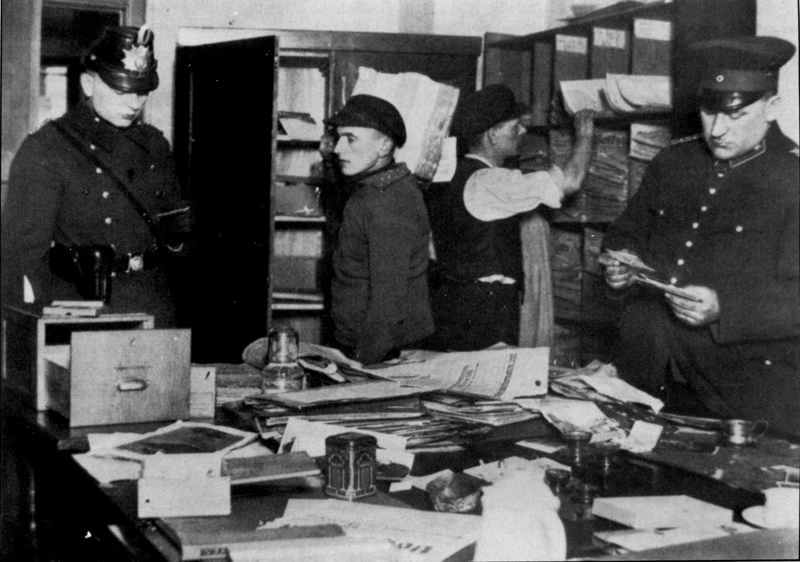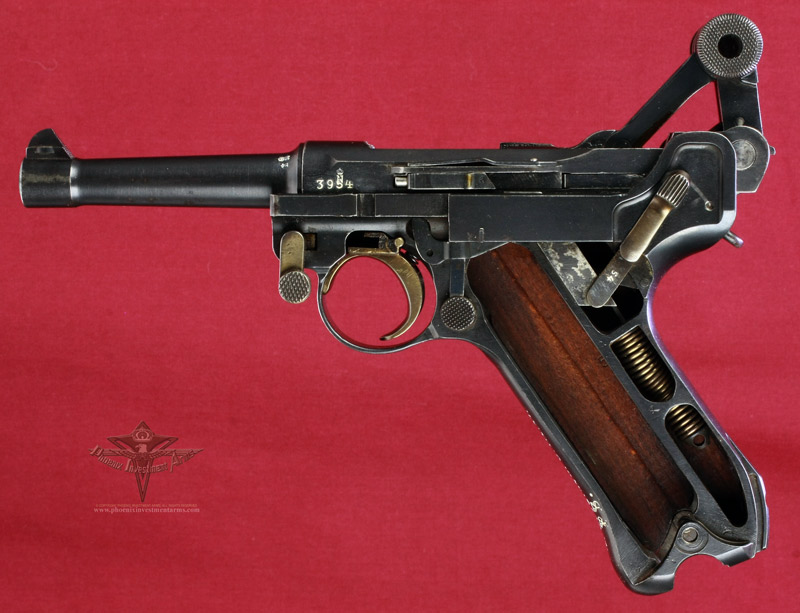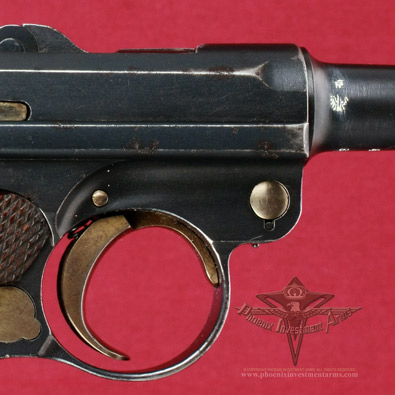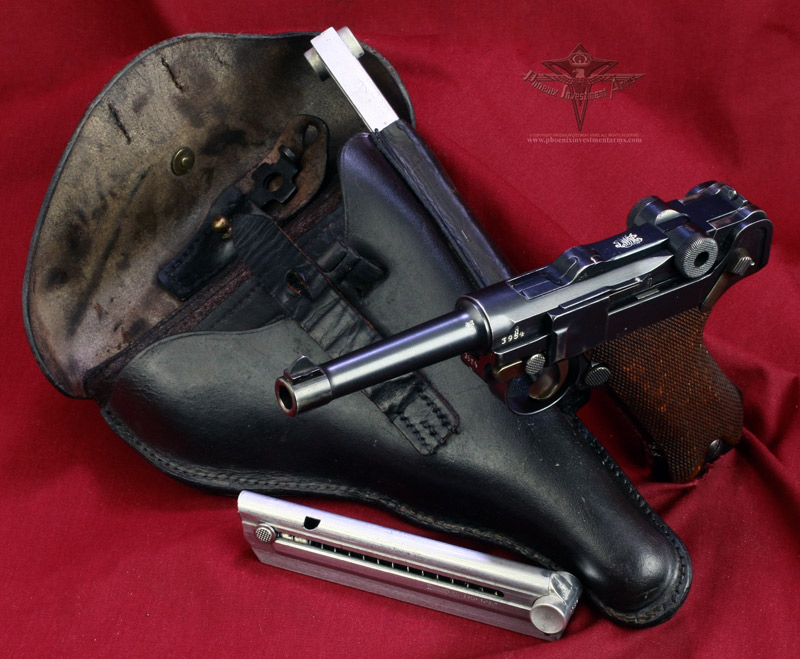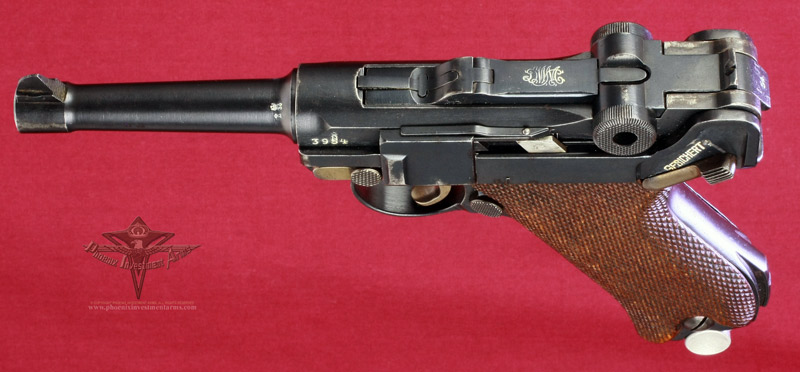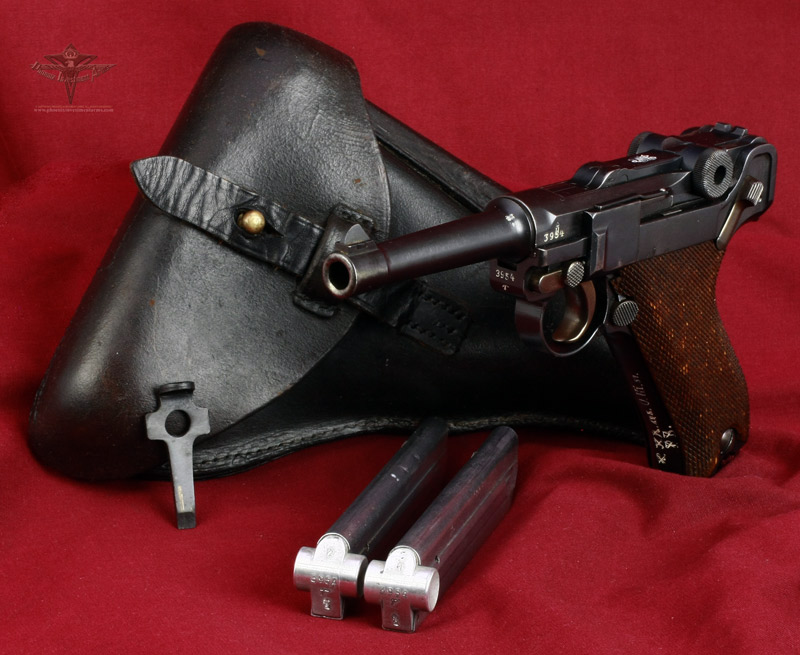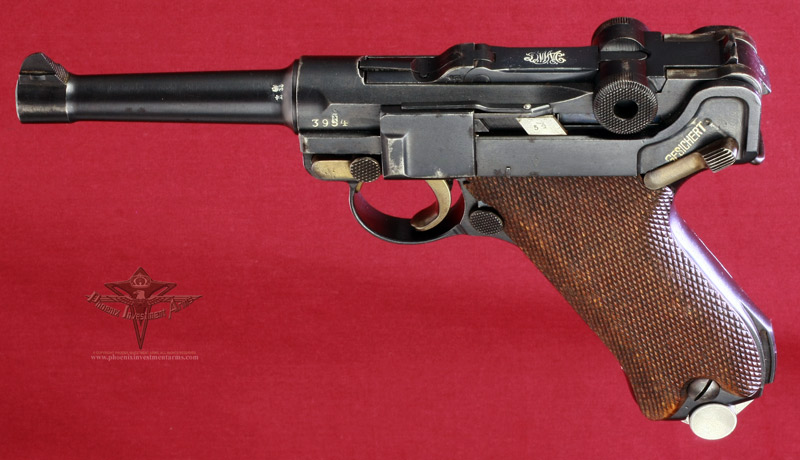 |
|
This is a beautiful example of the Model 1908 DWM (Deutsches Waffen Und Munitionsfabriken Co) Manufactured Pistole-08 as a commercial Luger and converted to police use. The barrel tells us that it was replaced by Simson & Co., the only company authorized to build Lugers after the great war by the Treaty of Versailles. The is a 9mm, all matching police luger. The DWM monogram markings appear on the 1st toggle link and the extractor is marked 'Geladen' (Loaded). This example has all matching serial numbers. The thumb safety is marked "Gesichert" and when exposed (safety down) means safe. (1096) |
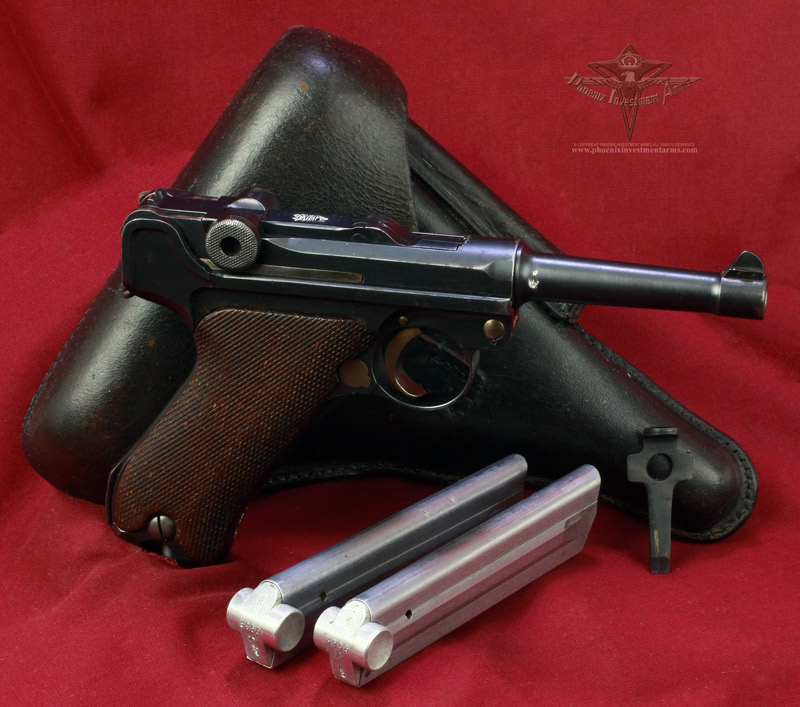 |
|
NOTE: Photographs taken today with the high mega-pixel camera show more than we sometimes can see with the human eye. Magnified close-ups show us tool marks and natural surface conditions that one normally doesn't see in the ordinary handling of the weapon. Photographs are copyrighted, all rights reserved, any extraction, reproduction or display of gun pictures without the express consent of the Phoenix Investment Arms is strictly prohibited. Thank you for your cooperation. Please visit Legal (tabbed) for Conditions of Sale. |
|
|
The German police (Polizei) began as a series of local constabularies and were assembled into State Police Landespolizei. When on November 9, 1918 a leftist revolution overthrew the Kaiser and forced the armistice on November 11th. There was little organization to maintain order in the newly founded republic. The Weimar Constitution came into effect with its signing by President Friedrich Ebert on 11 August 1919. The German Communist Party was established by Rosa Luxemburg and Karl Liebknecht in 1918, and the German Workers Party, later known as the National Socialist German Workers Party or Nazi Party, was founded in January 1919. |
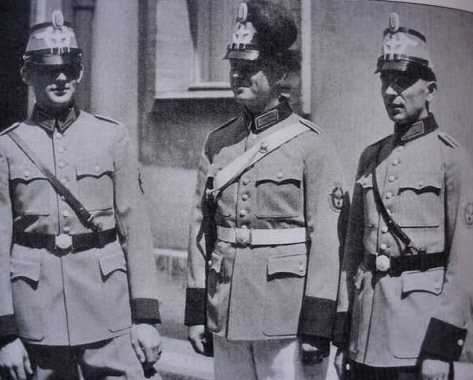
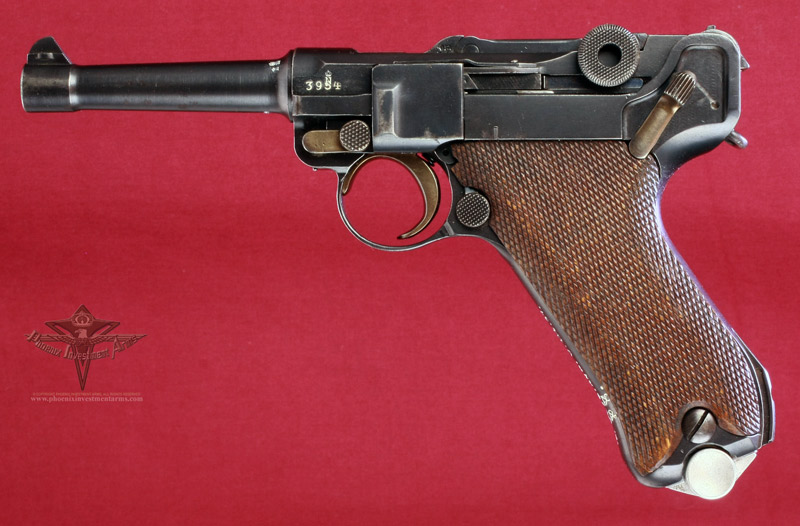

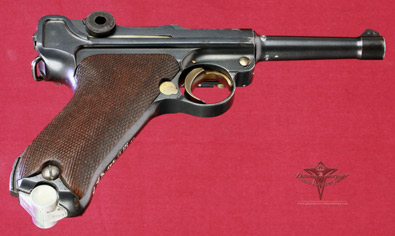
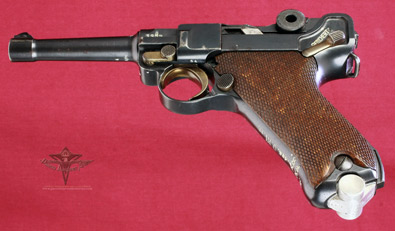
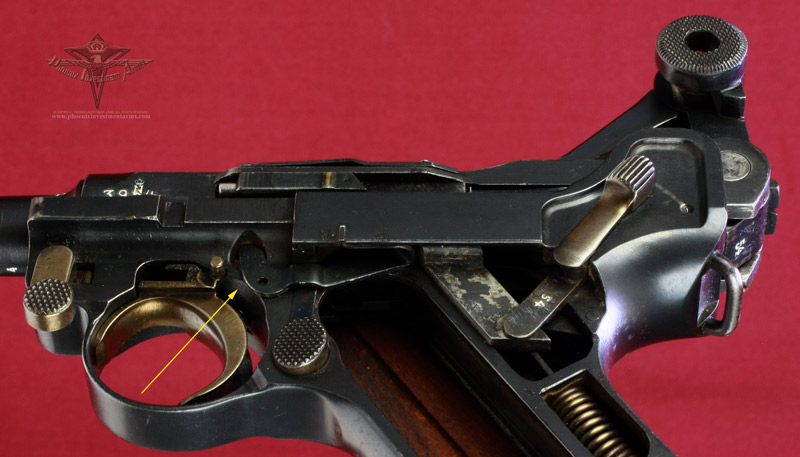
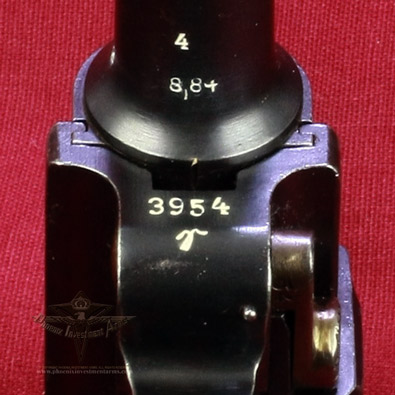
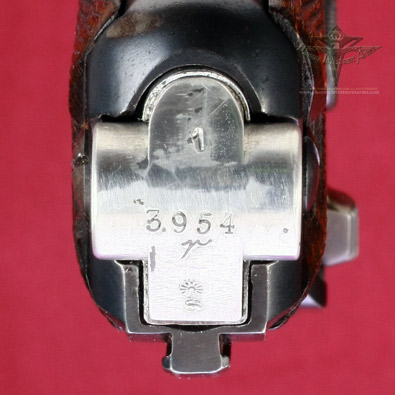
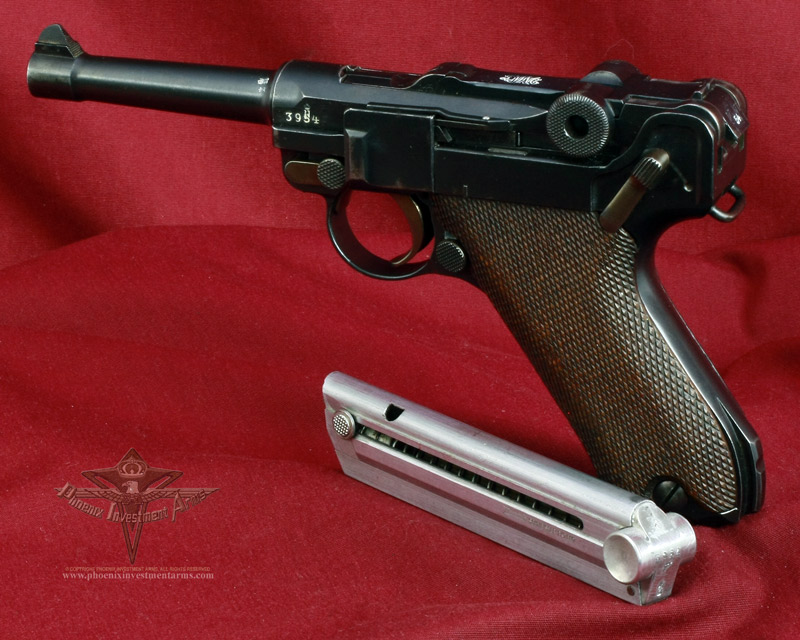
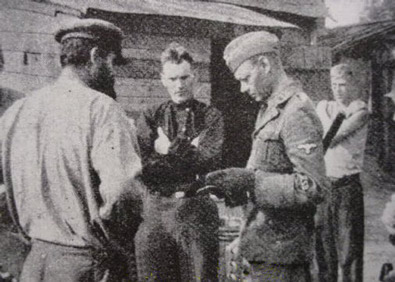
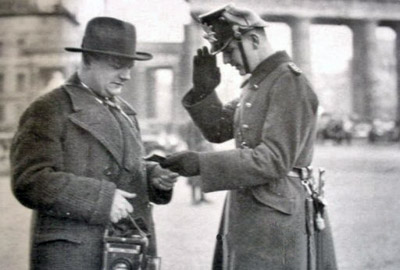
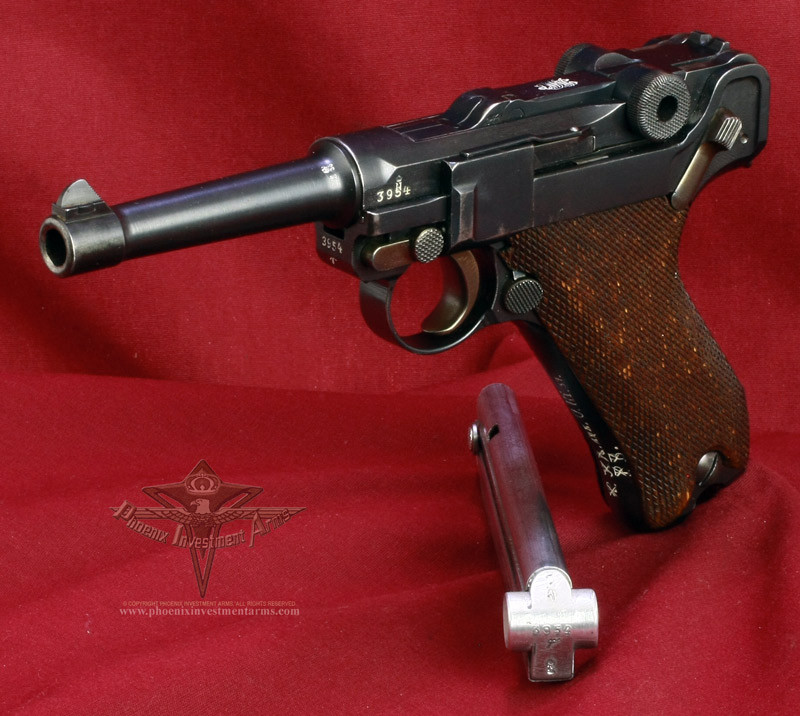
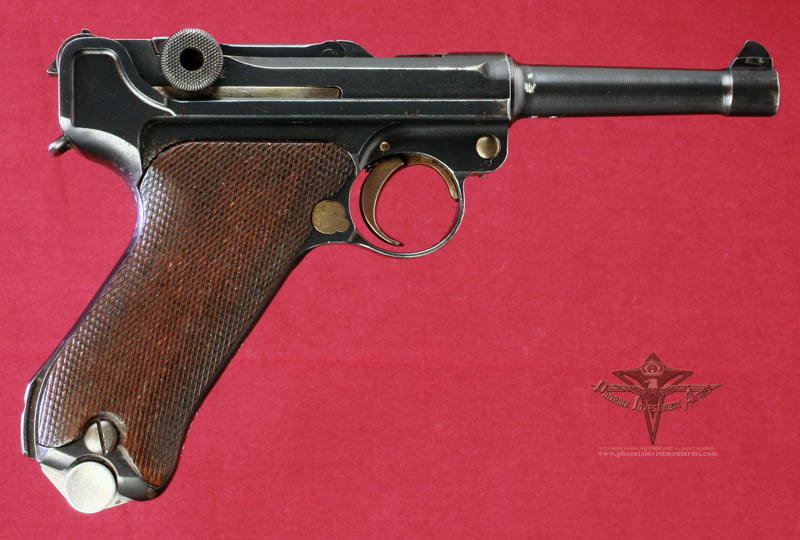
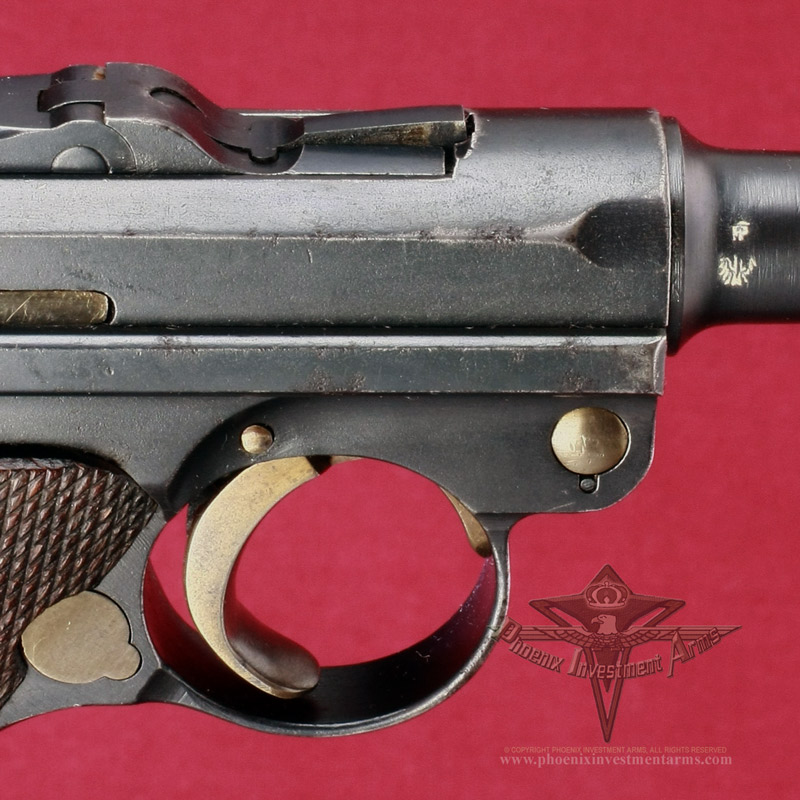
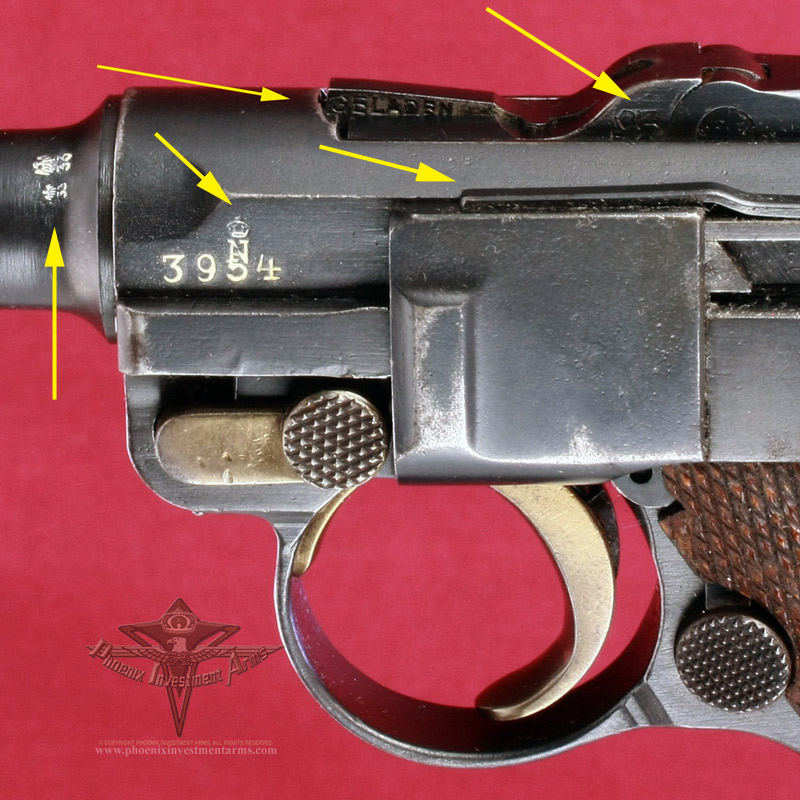
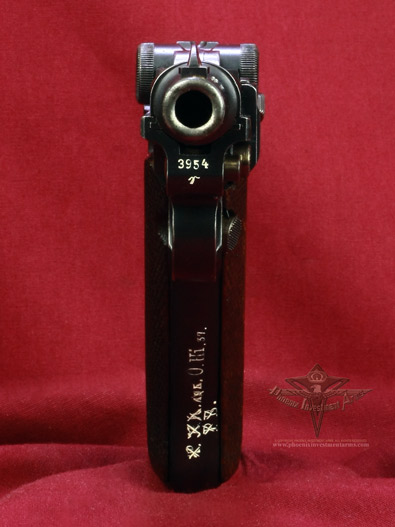
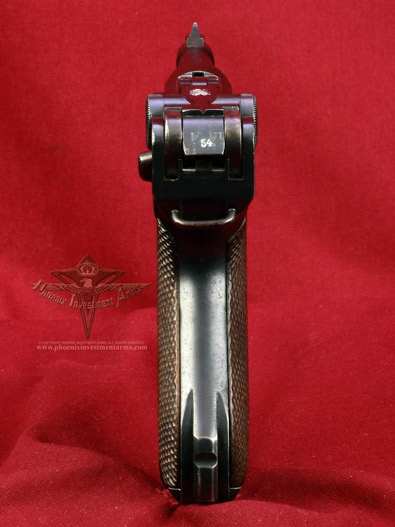
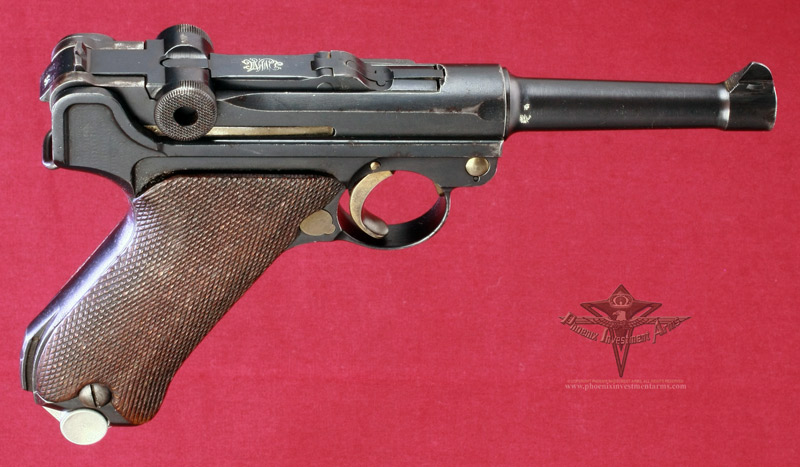
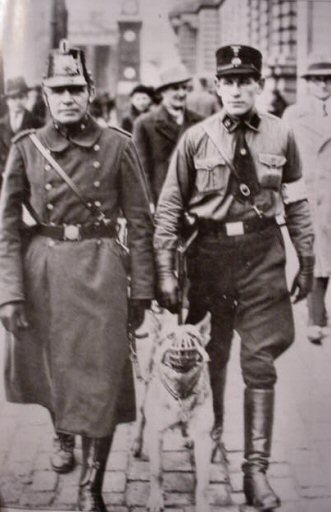 During
the Weimar Republic it was delegated to the seventeen states of Germany to
operate their own police powers of which Prussia was the most powerful.
The weapons of the 1st World War were plentiful and so the armaments of
the Polizei included the Parabellum which had proven itself in the great
war.
During
the Weimar Republic it was delegated to the seventeen states of Germany to
operate their own police powers of which Prussia was the most powerful.
The weapons of the 1st World War were plentiful and so the armaments of
the Polizei included the Parabellum which had proven itself in the great
war. 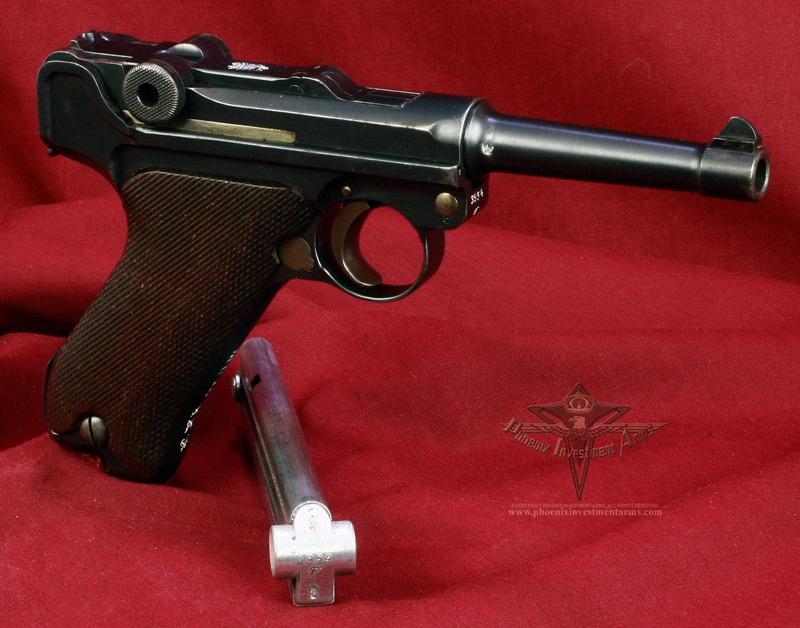
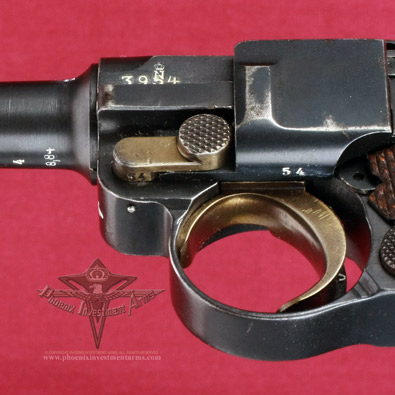
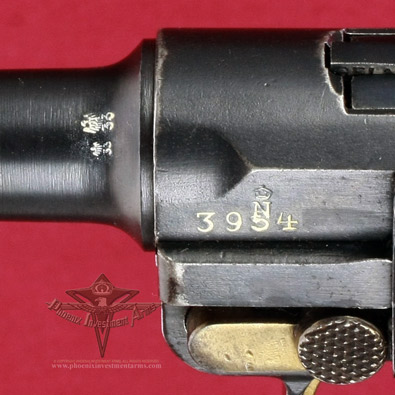

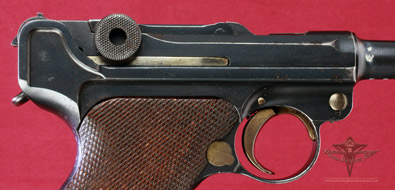
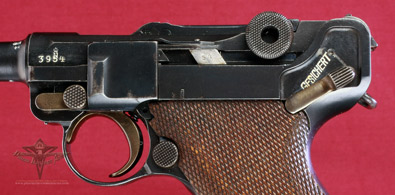
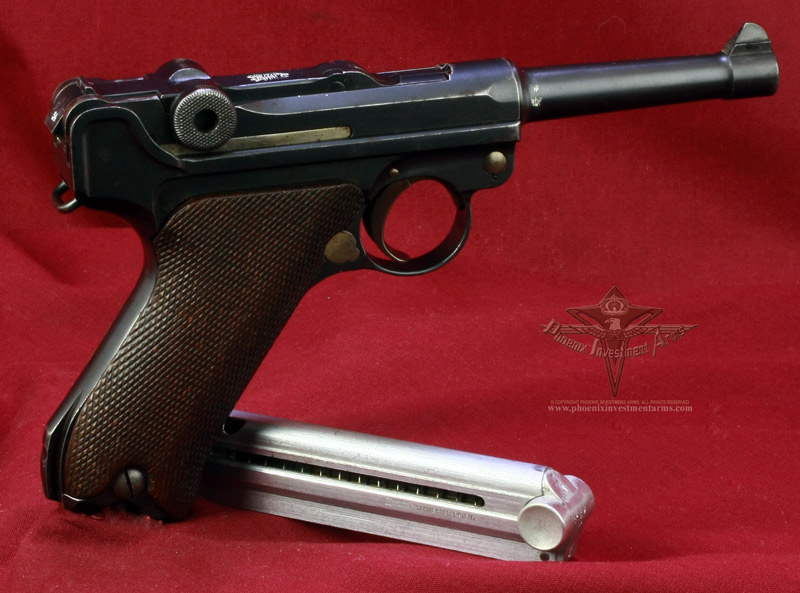
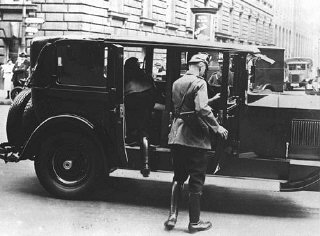 The
Schutzmannschaft was first used to describe the urban constabularies that
were merged in 1920 into the Order Police (Ordnungspolizei) or ORPO.
In addition there was the Protection Police or Schutzpolizei served as
Germany's municipal police force and was tasked with maintaining order in
German cities and larger towns. The Schutzpolizei was further divided into
the following: Schutzpolizei des Reiches (cities and large
towns) which include police-station duties (revierdienst)and barracked
police units for riots and public safety (Kasernierte Polizei) and the
Schutzpolizei der Gemeinden (smaller towns).
The
Schutzmannschaft was first used to describe the urban constabularies that
were merged in 1920 into the Order Police (Ordnungspolizei) or ORPO.
In addition there was the Protection Police or Schutzpolizei served as
Germany's municipal police force and was tasked with maintaining order in
German cities and larger towns. The Schutzpolizei was further divided into
the following: Schutzpolizei des Reiches (cities and large
towns) which include police-station duties (revierdienst)and barracked
police units for riots and public safety (Kasernierte Polizei) and the
Schutzpolizei der Gemeinden (smaller towns).